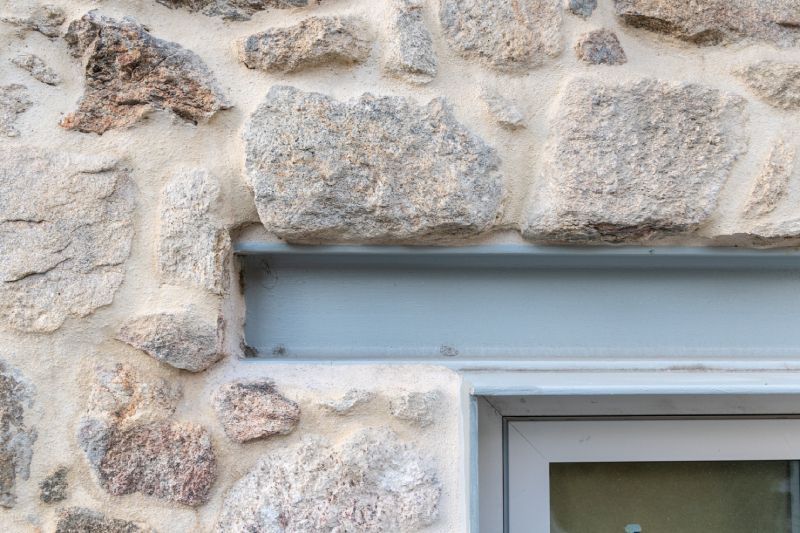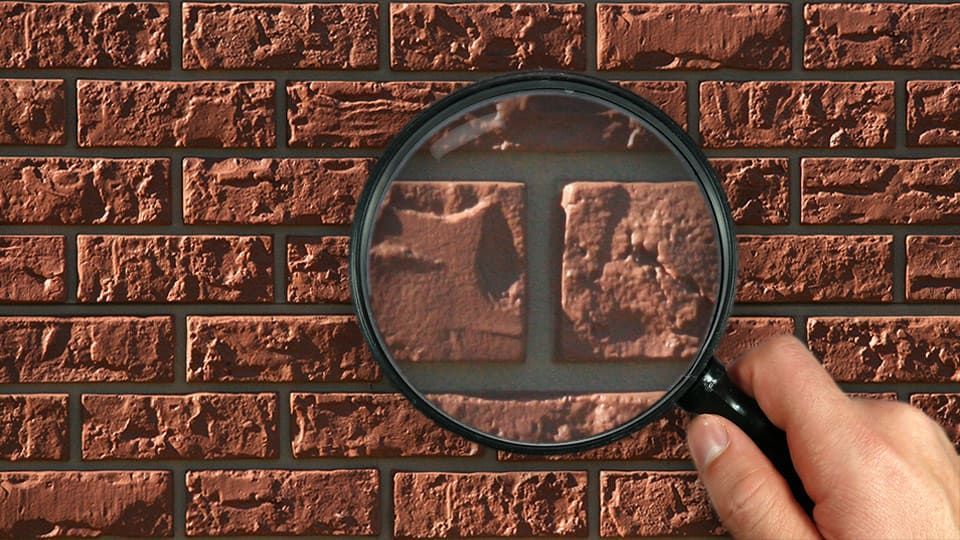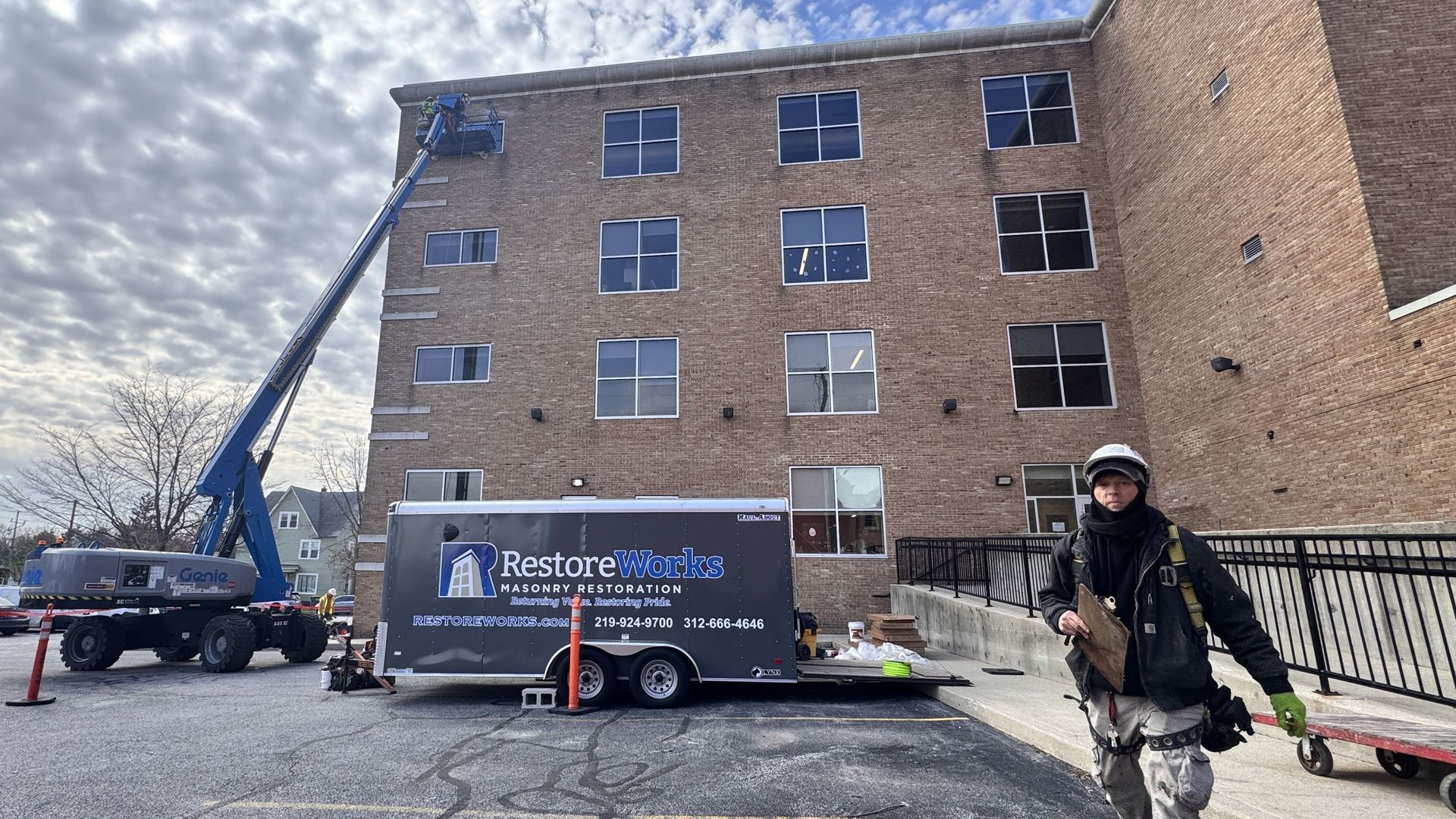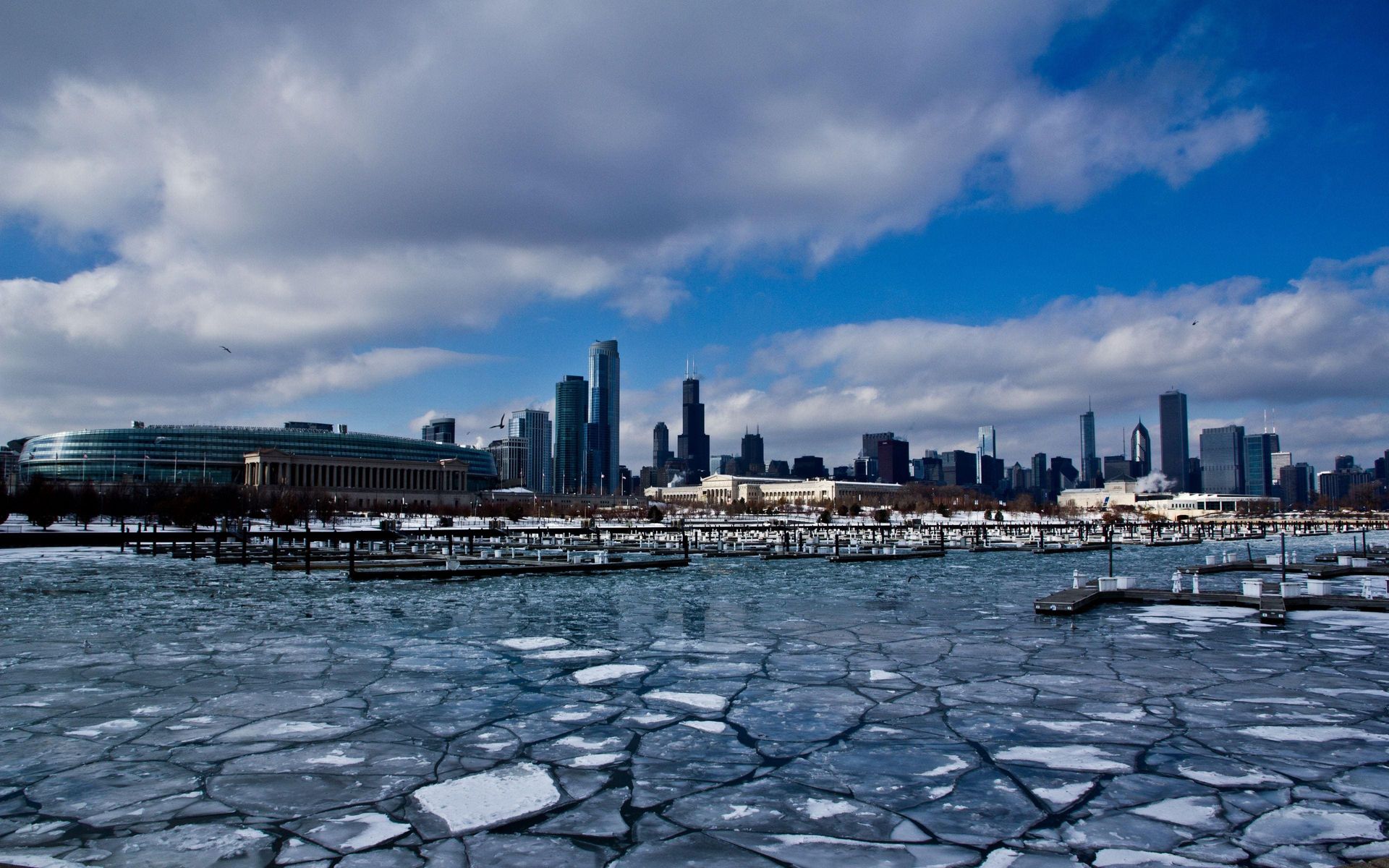What are lintels? A lintel is a horizontal beam placed across the top of a door or window opening to support the weight of the structure above. Though rarely seen, lintels are critical structural elements found in masonry and brick buildings. Without them, the structural integrity of the building would be compromised.
At RestoreWorks, we understand that lintels play an essential role in every construction project. We offer
commercial lintel repair and replacement services throughout Chicago and Northwest Indiana. This article defines the function of lintel in building, explains the different types of lintels, and outlines how our services provide structural support for masonry structures.
Lintels in Construction
The lintel, meaning in construction, refers to its function as a horizontal beam that spans openings in walls. Lintels are typically used above doors and windows in masonry structures to bear the load from the structure above and support the weight without causing cracking or collapse.
The lintel is a beam placed at the time of construction to prevent structural issues and wall failure. Lintels are made from materials that vary based on the cost of the material, the load requirement, and the aesthetic appeal of the design.
Building Standards for Lintels
Lintels used in modern construction are governed by standards such as those from the ASTM and the International Code Council (ICC). These codes specify that concrete mansory lintels are required for openings of 2 feet or greater. The selected lintel material must be capable of bearing heavy loads in accordance with code requirements.
Different Types of Lintels
Understanding the types and functions of lintels is key for architects, engineers, and contractors. There are six different types of lintels typically used in buildings. Each type of lintel is selected based on the structure’s load, construction methods, and intended aesthetic appeal.
The Six Main Types of Lintels
- Brick Lintels: Common in masonry block or brick structures. Brick lintels provide support for small openings and are suitable for light loads.
- Reinforced Brick Lintels: Include steel rods or bars to reinforce the brick, improving their structural integrity.
- Timber Lintels: Used in traditional and residential construction. Timber lintels are vulnerable to fire and are rarely used in commercial buildings.
- Reinforced Concrete Lintels: Strong, fire-resistant, and economical. Concrete lintels are a popular choice for commercial and institutional use.
- Steel Lintels: Ideal for larger spans and heavy loads. Steel lintels are used where maximum strength is required. Steel lintels are designed to withstand significant pressure without failure.
- Stone Lintels: Durable but with span limitations. Stone lintels may crack under extreme weight or improper installation.
Lintels are manufactured to suit various building materials and styles, and precast concrete lintels are often selected for modern construction projects.
What Are Lintels Used For?
What are lintels used for? They serve as a structural support or a decorative feature, and the materials used for lintels depend on the structure’s support requirements, the building’s aesthetics, and the owner or architect’s preference. RestoreWorks worked on the University of Illinois – Chicago’s Education, Theatre, Music and Social Work Building, where our services included structural concrete repairs prior to the placement of new lintels. We also removed and replaced steel lintels above or below fixed strip windows as required.
Structural Support
The structural weight above doors and windows must be carried without causing stress on the wall below. Lintels provide that structural support, especially in brick and masonry construction. They reinforce critical load points and help prevent structural issues such as sagging or collapse.
RestoreWorks regularly works on construction sites where steel lintels are replaced or reinforced concrete lintels are installed to support the weight above openings. In these cases, we inspect for rust, mortar cracks, and evidence of lintel failure.
Signs Your Building Needs Lintel Repair
Recognizing lintel failure signs early can prevent serious damage. Ignoring damaged lintels can lead to compromised structural integrity and costly repairs.
Common Lintel Failure Signs
- Cracks in the brick above windows or doors
- Gaps or movement in mortar joints
- Visible rust stains near the corners of openings
- Bowing or sagging of masonry block
- The separation between the lintel and the surrounding brick or stone
If these signs appear, lintel repair and replacement may be required.
Commercial Lintel Repair Services by RestoreWorks
RestoreWorks provides commercial lintel repair and masonry restoration services across the Midwest. Our team has decades of experience repairing steel lintels, replacing precast lintels, and addressing structural issues caused by lintel failure.
We’ve completed work for clients such as the University of Illinois – Chicago and the Indiana School for the Blind and Visually Impaired. Our process includes:
- Inspection of the beam placed across the opening
- Assessment of the surrounding brick or stone
- Removal and replacement of damaged lintels
- Installation of flashing during construction with proper weep systems
FAQs About Lintels in Construction
What Is the Lintel Definition in Construction?
A lintel is a horizontal beam placed above an opening, like a door or window. It is designed to support the load from the structure above.
What Is the Purpose of a Lintel?
The purpose of a lintel is to distribute structural loads around openings to prevent failure in the surrounding masonry or brick walls.
What Are Concrete Lintels Used For?
Concrete lintels are used in both load-bearing and non-load-bearing construction. They are valued for their strength, fire resistance, and cost-effectiveness.
What Is a Lintel Made Of?
Lintels are made of brick, reinforced concrete, steel, stone, timber, or reinforced brick, depending on the load and design requirements.
Why Understanding What Lintels Are Matters for Building Safety
Understanding what are lintels is essential for anyone responsible for maintaining commercial or masonry buildings. Lintels play a critical role in supporting the structure above doors and windows, helping to prevent cracks, sagging, and other structural issues. When lintels begin to fail, the surrounding brick or masonry can quickly deteriorate. If you notice any signs of lintel damage, such as cracking, separation, or rust, RestoreWorks can help. Our team specializes in lintel repair and replacement that restores the structural integrity of your building and ensures long-term safety. Contact us today.












